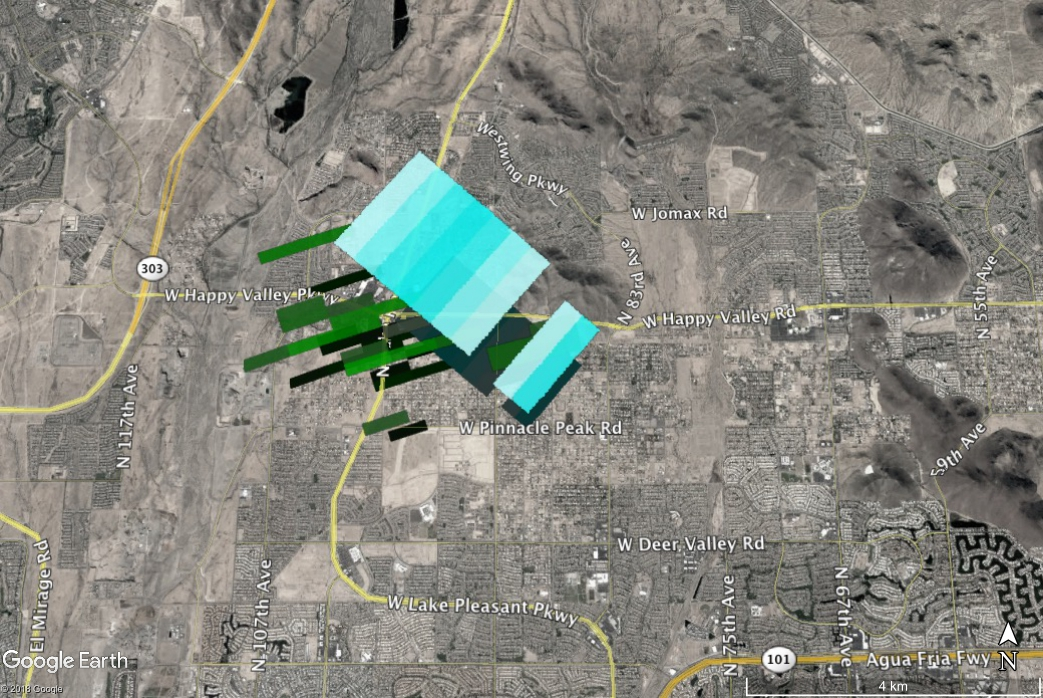DATE/TIME7/26/2018 @ 8:22 PM7/26/2018
|
LAT/LONG33.683881 • -112.222128
33.683881
|

This meteorite fall was a fireball that occurred at 8:22 PM local time on 26 July 2018, or 03:22:50 on 27 Jul 2018 UTC. Weather in the area was generally rainy with localized storms, which decreased the number of eyewitness reports because cloud cover reduced visibility and the flashes from the fireball were mistaken for lightning. As a result, only twelve eyewitnesses reported it to the American Meteor Society across central Arizona. One eyewitness in north-central Phoenix reported hearing sonic booms from the falling meteorites.
This meteorite fall has not received an official name from the Meteoritical Society Nomenclature Committee, and is provisionally referred to here as the Glendale, AZ fall. One meteorite has been recovered from this event so far.
This event is recorded as American Meteor Society event number 2624 for year 2018. Signatures of falling meteorites can be found in imagery from two nearby weather radars. In the NEXRAD weather radar network operated by NOAA, the KIWA (Phoenix, AZ) recorded the fall. The airport radar for Phoenix Sky Harbor Airport (TPHX) also recorded signatures of falling meteorites.
The first appearance of falling meteorites on radar occurs at 03:27:24 UTC and 3,710 m above sea level (ASL) in the 0324 UTC data set for the KIWA radar in the 2.4 degree elevation radar sweep. Signatures consistent with falling meteorites appear in a total of two radar sweeps from the two radars, with a final signature appearing at 03:27:37 UTC. Several other possible signatures of falling meteorites are visible in subsequent radar sweeps, but they are not clearly distinct from the local weather. With only two radar sweep data points, it is not possible to generate any mass estimates for this meteorite fall.
Meteorites recovered from this event and classification is pending.
